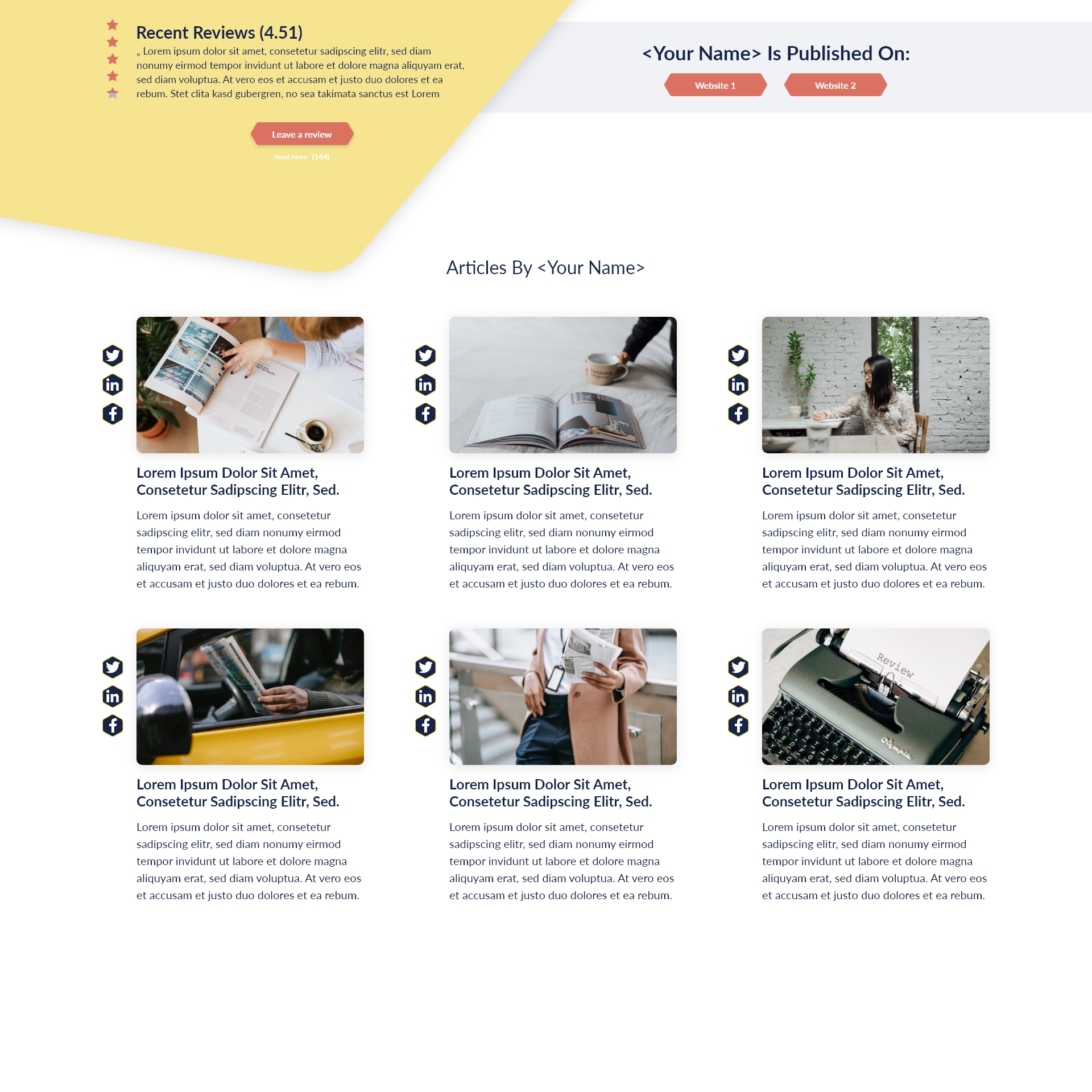Key Takeaways:
- True leadership blends management efficiency with vision and emotional intelligence.
- Tailor your leadership style to the needs and personalities of your team members.
- Building trust and recognizing achievements are central to sustained motivation.
- Effective delegation and calm decision-making enhance team performance.
- Early conflict resolution and embracing diversity create stronger teams.
- Developing a leadership mindset fuels both personal and organizational success.
- Continued learning through leadership programs and mentorship is key for long-term growth.
Unlocking learning power in the modern workplace involves more than just attending seminars or reading the latest business books. Effective leadership is a skill set honed through comprehensive development programs and intentional mentorship journeys. For federal employees striving to elevate their leadership capabilities, embracing dynamic learning paths can set the stage for career advancement, inspire thriving teams, and drive meaningful organizational change.
Whether you lead from the front office or manage a distributed remote workforce, the journey toward impactful leadership begins with self-awareness and expands through others’ growth. Here’s how to unlock the full spectrum of leadership power to drive success across all levels of your organization.
Essential Leadership Qualities for Managers: Setting the Foundation
What Makes a Great Leader vs. Manager?
While management focuses on process, organization, and task execution, true leadership transcends daily checklists. A great leader is visionary, empathetic, and able to build trust, guiding teams through both charted waters and unforeseen challenges. By contrast, a manager often keeps things running smoothly but may not always inspire innovation or emotional investment.
Must-Have Skills for Today’s Workplace
Today’s leaders need a blend of technical, strategic, and interpersonal skills. These include adaptability, conflict management, active listening, and effective communication. Embracing change and being able to strategize and execute beyond the status quo are essential for propelling teams and organizations forward.
The Role of Emotional Intelligence in Leadership
Emotional intelligence (EQ) underpins many successful leadership qualities. Leaders with strong EQ understand their own emotions and those of others, responding to challenges with empathy and clarity. Such leaders support team wellbeing, facilitate open dialogue, and maintain composure under pressure—a hallmark of trusted leadership.
How to Inspire a Team: Real-World Strategies That Work
Tailoring Your Approach to Different Personalities
Every team comprises individuals with unique work styles and motivators. By investing time to understand each person’s strengths and preferences, leaders can personalize feedback, delegate tasks strategically, and foster professional growth. This individualized approach encourages greater loyalty and engagement, making team members feel valued and understood.
Building Trust as a Leader: Practical Tips
Trust is foundational. Leaders build trust by being transparent, delivering on promises, and admitting to mistakes. Open communication and regular check-ins keep teams informed and connected. Invite feedback and act upon it—show your team their perspectives matter and you’re committed to collective improvement.
Recognizing and Rewarding Team Achievements Effectively
Acknowledging accomplishments boosts morale and drives motivation. Recognition should be timely and genuine—whether it’s a public ‘thank you’ during a meeting, nominating someone for a formal award, or a short personal note. Tailor recognition to what each individual values for maximum impact.
Practical Tips for Motivating Employees in the Workplace
Creating a Motivational Work Environment
A motivating workplace is rooted in psychological safety, autonomy, and purpose. Encourage open idea-sharing, give teams space to experiment without fear of undue criticism, and celebrate creative problem-solving. Explore opportunities for employees to align daily work with broader organizational goals for a sense of meaning.
Balancing Challenge and Support for Peak Performance
The best leaders balance pushing their teams to achieve ambitious goals with providing the right resources and encouragement. Offer stretch assignments with appropriate support, and use setbacks as growth moments rather than failures. Regular coaching check-ins can maintain motivation and momentum.
Coaching Skills for Leaders: Fostering Growth
Adopt a coaching mindset by asking open-ended questions, listening actively, and guiding team members toward finding solutions themselves. Give timely, constructive feedback focusing on effort and progress, not just results. Encourage employees to set learning goals and pursue development opportunities.
Effective Delegation Techniques and Decision Making Under Pressure
How to Delegate Without Micromanaging
Delegation is more than offloading tasks—it’s about entrusting responsibility and fostering trust. Clearly communicate expectations, provide necessary resources, and step back. Check in periodically for support, but allow autonomy. Avoid hovering; believe in your team’s potential to deliver.
Decision Making Under Pressure: Staying Calm and Clear-Headed
Leaders regularly face high-stakes decisions. To remain effective, focus on facts, consult with relevant stakeholders, and avoid rushing. Take a brief pause to clarify priorities and possible outcomes. Maintain transparency and explain your rationale to increase buy-in and reduce anxiety.
Communication Skills for Effective Leadership
Clear, concise communication prevents misunderstandings and builds unity. Use active listening to ensure mutual understanding. Adjust your style for different settings—whether briefing executives or providing updates to your team—and always encourage two-way dialogue.
Navigating Conflict: Conflict Resolution Strategies for Leaders
Early Warning Signs: Addressing Issues Before They Escalate
Early intervention is key. Notice shifts in mood, declining collaboration, or unspoken tensions early. Address concerns informally first, listening to all sides and clarifying misunderstandings before small issues become major obstacles.
Mediation Techniques and Building Consensus
When conflicts arise, remain neutral and facilitate open discussions. Guide conversations towards shared interests rather than personal differences. Use mediation techniques to help team members find common ground, promoting solutions everyone can support.
Managing Diversity in Teams: Turning Differences Into Strengths
Diverse teams bring richer perspectives and creativity but also require skillful management of conflicting viewpoints. Foster an inclusive culture where all voices are respected. Leverage diversity for problem solving, and provide training on cultural competence for a harmonious workplace.
Developing a Leadership Mindset for Organizational Success
Shifting From Task Manager to Visionary Leader
Becoming a visionary leader means moving beyond daily operations to inspiring purpose and long-term strategy. Share a compelling vision of the future, align teams around shared values, and model behaviors that reflect organizational goals.
Leading Organizational Change: Inspiring Buy-In
Change is constant. Leaders must communicate the reasons behind changes and involve teams in the transition process. Address concerns empathetically, and highlight the benefits of adaptation. Celebrate change agents within your organization.
Remote Team Leadership Best Practices
Remote leadership requires deliberate structure and connection. Set clear expectations, use regular video check-ins, and ensure all employees have access to tools and support. Foster virtual team-building and celebrate achievements digitally, so remote workers feel as included as those in the office.
If you’re committed to unlocking your learning power, now is the time to invest in leadership development programs and seek mentorship. These paths offer the structure, community, and resources needed for continual growth. Take the next step—participate in a leadership program, connect with a mentor, or champion learning initiatives within your team. The opportunities for impact are vast, both for yourself and those you lead.








